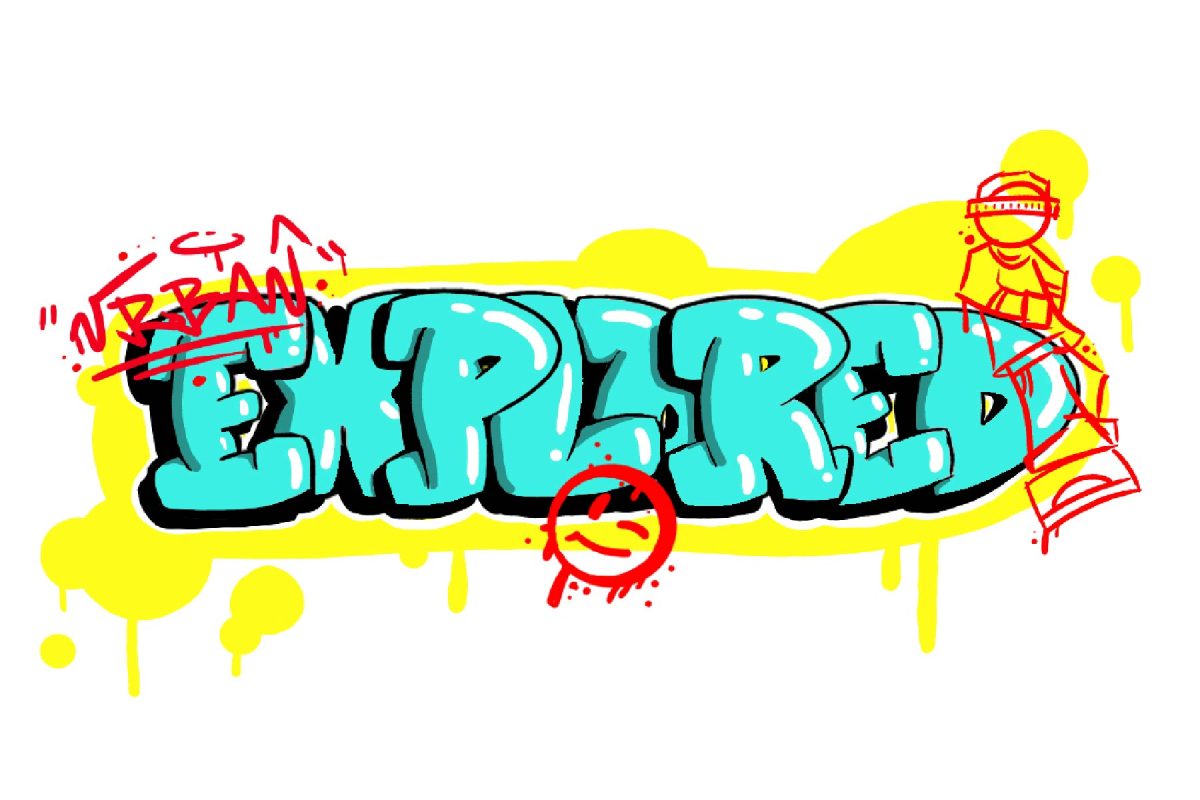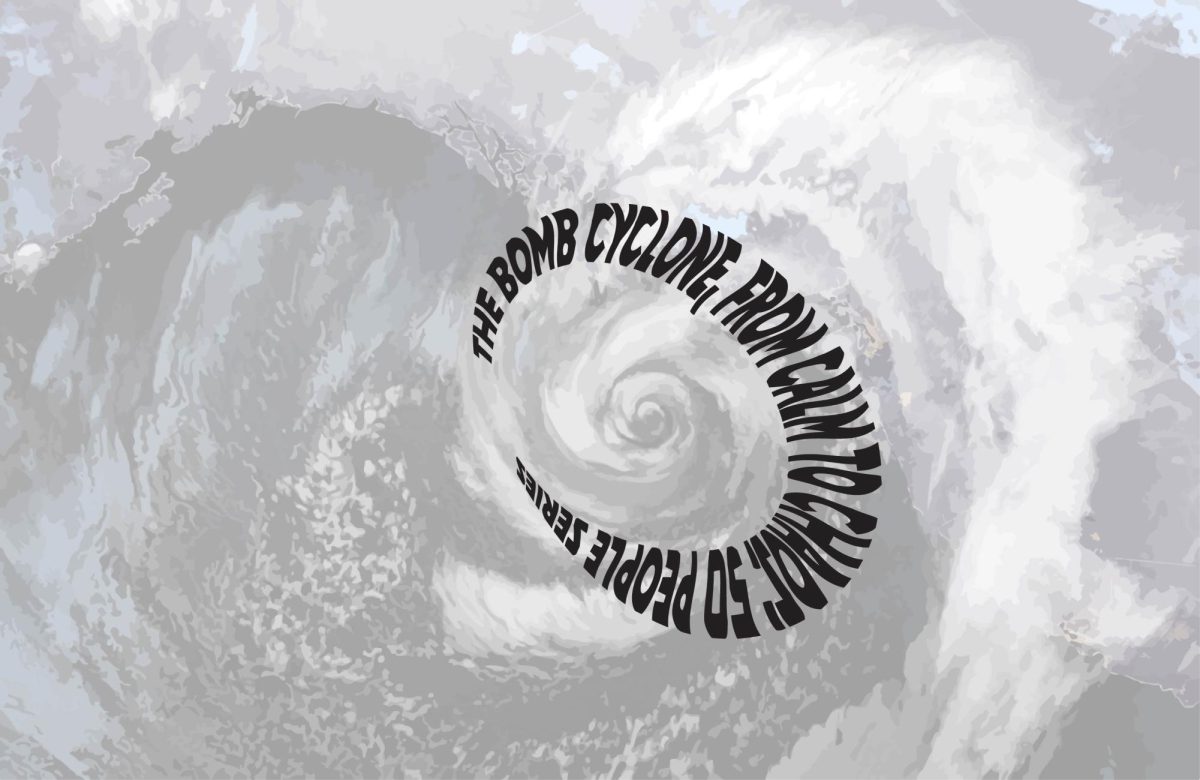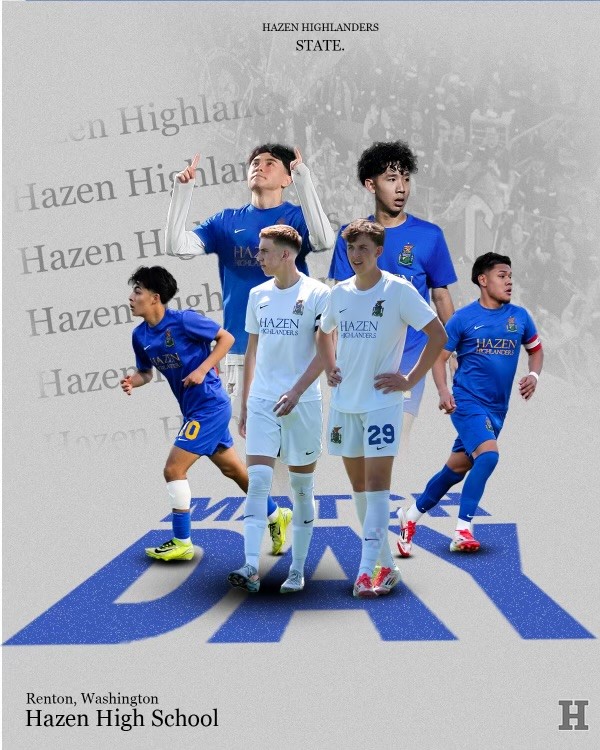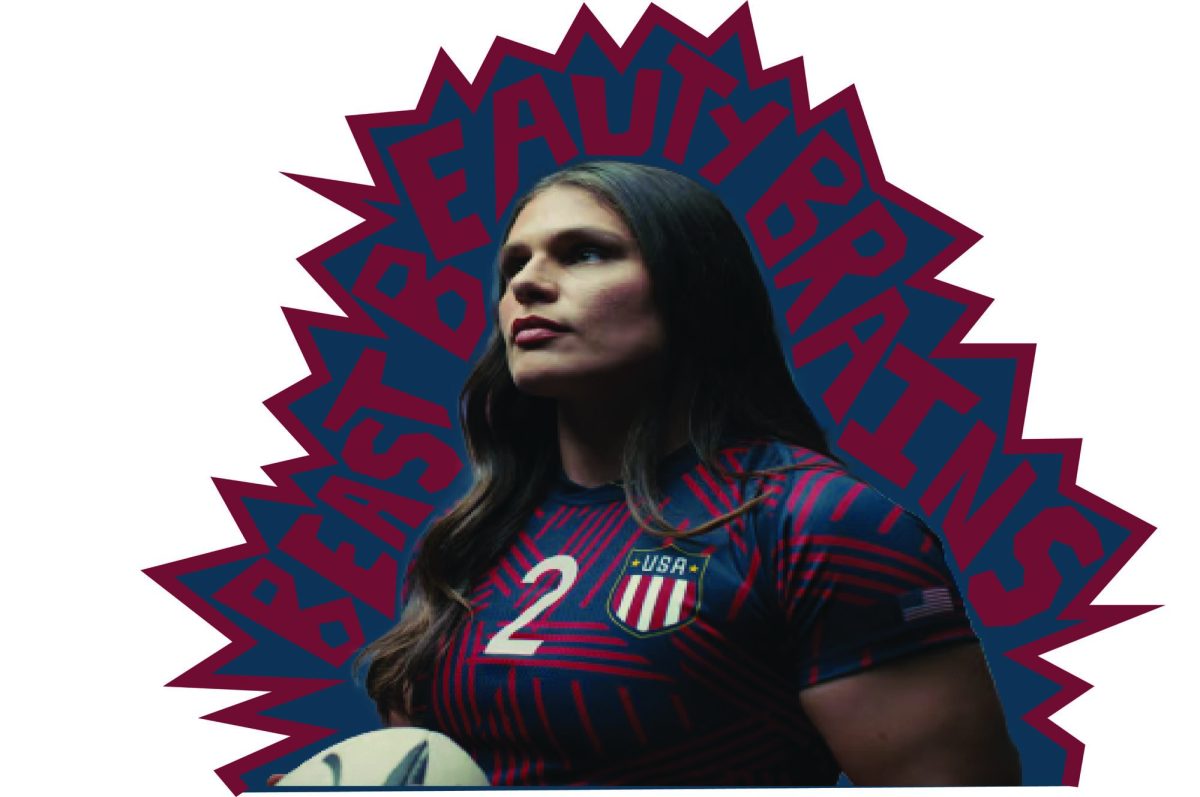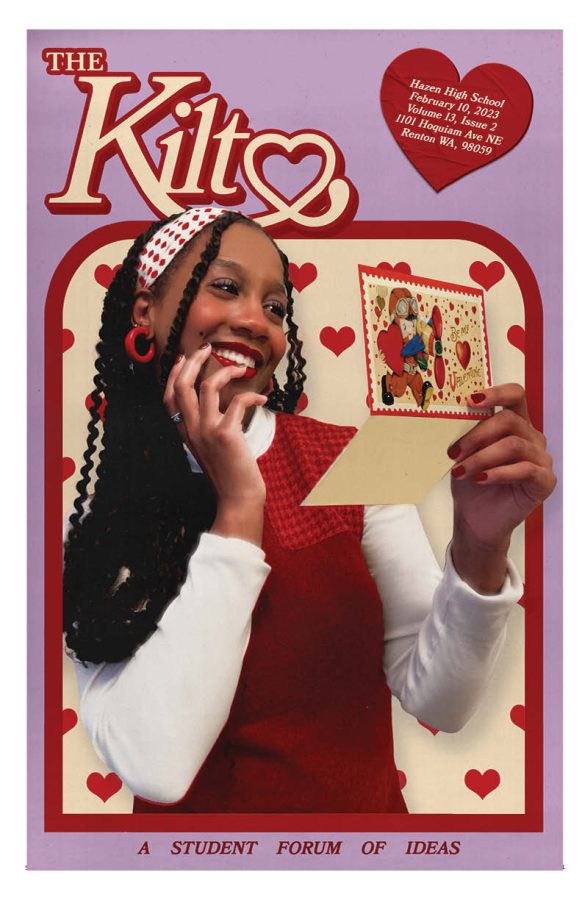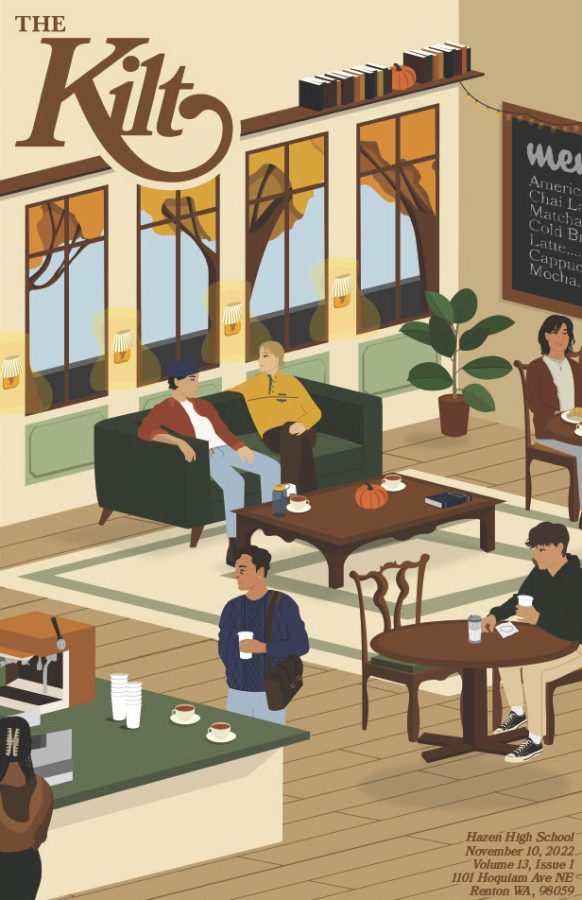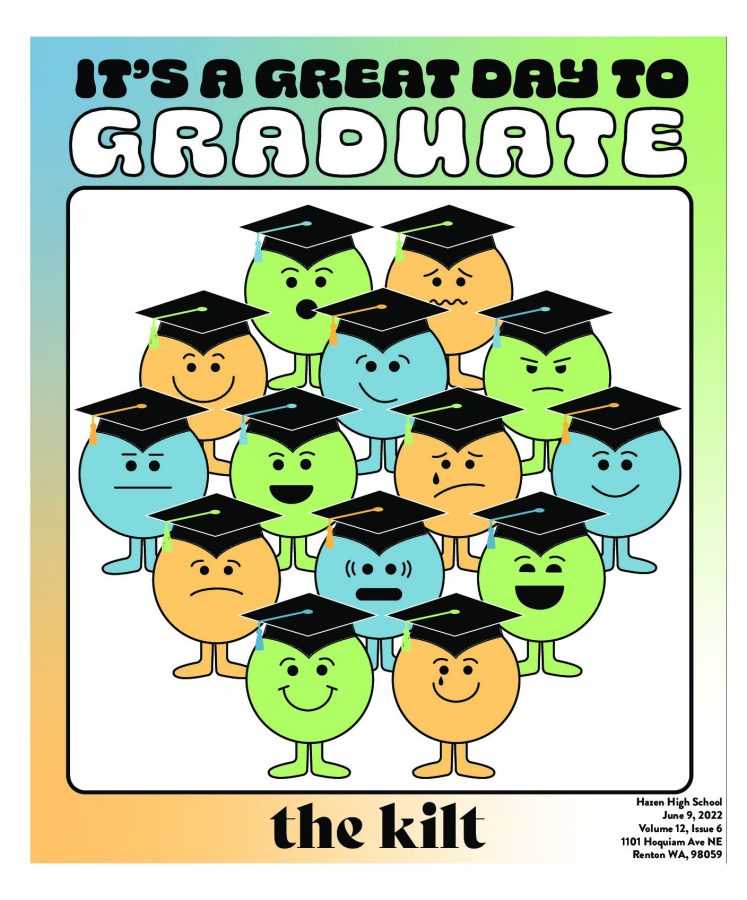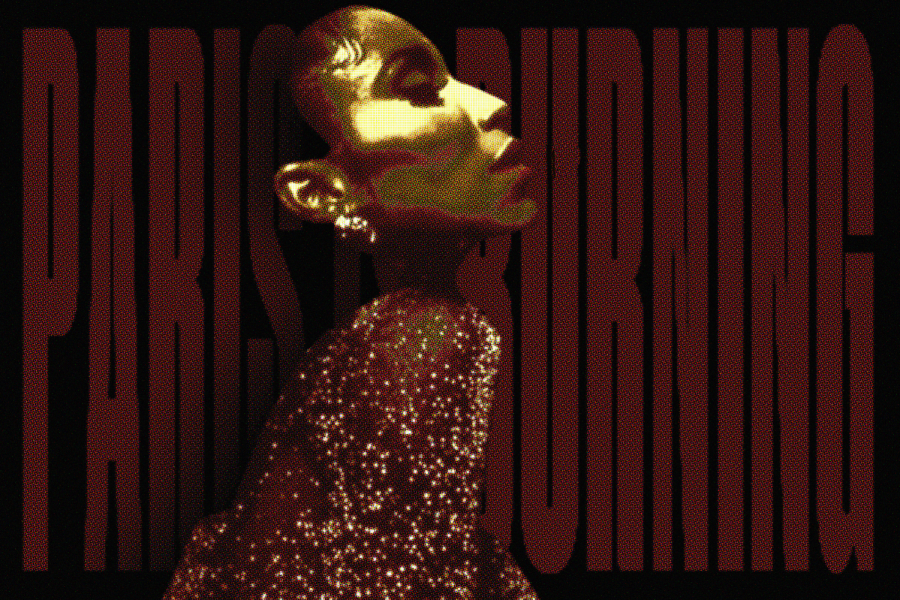“I Came, I Saw, I Conquered”
-Pepper LaBeija, Mother of the “house of LaBeija”
New York is considered to be the city that never sleeps, and has been acknowledged for its livelihood which has lasted for decades. It can also be considered the city of creation and culture for its diverse list of origins. In particular, the creation of the ballroom community or ballroom culture. Ballroom culture has been popularly known since its origin in the late 1900’s to early 2000s taking place in Harlem, New York City.
During the early stages of ballroom, LGBTQ+, African-Americans and Latinos the community would partake in self-organized pageant events. The events consisted of specific categories that those attending would have to “Walk.” The popular genre of dance “Voguing” originated from the categories of ballroom for participants to contribute to. The term “Voguing” was given to this dance style due to the finishing poses of competing walkers resembling a model posing for the cover of the famous fashion magazine “Vogue.” In the end, winning one of these categories could result in winning a trophy or even a cash prize.
Ballroom culture was a way for drag queens of color to express themselves without facing racial discrimination from other established pageants. The history of ballroom culture created families for those who were rejected by their biological relatives due to their sexuality. For many, ball culture was the only safe space they had.
The documentary “Paris is Burning,” filmed by Yale graduate Jennie Livingston, captures the special aspects of ballroom culture in New York during the late 1980s. The film involves the communities of African American and Latino individuals all part of the LGBTQ+ community. The documentary finds a way to truly educate viewers on what it means to find yourself and navigate a life consisting of race, gender, and sexuality in America. The film was awarded with the selection of preservation by the Library of Congress in the U.S. National Film Registry. This is all due to its educational and emotional impacts and powerful message.
The film begins with imagery of scenes from a “ball” in New York City in 1987, where we are then given a quote from an unknown individual in the film. “My Dad used to say, ‘You have three strikes against you in this world, every black man has two: That they’re just black and they’re a male. You’re black male and you’re gay. If you’re gonna do this you’re gonna have to be stronger than you ever imagined.’”
During this time in America’s society, and even moments in today’s society, the discrimination against gay men of color was crueler than ever. We see throughout the film that many felt outcasted due to their status in society. Along with the AIDS epidemic of the 1980s, being gay during this time in America came with constant harassment and inequality.
The film captures these moments of struggle and danger as the community’s common life contained struggles with racism, violence, poverty, and even homelessness all because of their sexuality. Due to the exclusion and eviction by these people’s families, many were left without shelter and necessities to live day-to-day.
Within this crisis, ballroom “Houses” were formed. Houses consisted of a leader of the houses considered the “Mother” or “Father” of the house who was a higher experienced member of ballroom cultures. Mothers and Fathers of the house provided shelter, support, and guidance for the younger members of the house. Children became victims of homelessness due to their sexuality at this time. Moments of young teens and children around thirteen years old are captured in the film, explaining the matter of coming from a homophobic or transphobic family and being forced to leave their homes. Ball culture created the needed homes for those who were left stranded by their unsupported relatives.
The term “Legendary” is used as a term of hierarchy within the culture of ball. The film expresses its term of one becoming legendary as a dream for all entering the ballroom scene. The status of the term is defined as winning an Oscar as an example. Many “children” of ballroom culture were left with little to nothing to thrive in the environment due to their previous living conditions. Many resorted to stealing items of fabric and clothing to create pieces that would be presented in a ballroom show. For many, the opportunity to express themselves was frowned upon. But many fought to shine a light on who they were along with the help of “House” communities.
There was immense evolution in the culture of ball. The original initiative of ball culture during the early 1960s consisted of portraying oneself to fit the theme of a showgirl persona, consisting of feathered pieces and pearls. The idled ball look was then adapted to the look of a movie star or model during the 70s. With the adaptation, categories were created to allow ball-walkers to model separate interpretations of topics during shows. Diverse categories allowed a large increase of walkers to participate in balls and create an everlasting cycle of participation and self-expression.
“Paris Is Burning” captures several categories portrayed in a ball show. Consisting of High Fashion Parisian, School Girl/Boy Realness, Upcoming Pretty Girl, High Fashion Winter Sportswear, Town and Country, Dynasty, and Executive Realness. For those performing, these categories were a way of expressing a position in society that was considered unattainable due to their race and sexuality.
Historical figures that impacted the creation of pageants were often tied into the matter of racial confidence and pride. This is due to the media’s known idolization of white American celebrities like Marilyn Monroe and the stigmatization of colored stars like Bessie Smith. Because of this, in the early stages of drag shows and pageants, many portrayals of white features and idols commonly lead to winnings of pageants. This also was due to the matter of pageant judges not being people of color, a clear sign of bias. This all changed with the creation of ball culture, allowing judges and viewers to be all people of color and celebrate idols of color with their expressions on ball walks changed the way the POC community felt about the confidence with the color of their skin.
The previously stated term “Realness” is mentioned throughout the film in the matter of blending into the society of America. For members of the LGBTQ+ community, serving realness consists of shadowing your true identity to look like a “real” man or a “real” woman. Realness however was not just a category for ballroom, but was instead a mechanism for safety. To be able to avoid prejudices about their lifestyle from society was the only way the community would be treated as real people. For many in the community, gender confirmation surgery was a strongly desired dream in order to confirm a constant state of realness in society. With the operation, questioning the safety of one’s life became a guarantee if completed. Within this dream, however, society still compromises the safety of many. Many members of the LGBTQ+ community were unfortunate victims of violence and hate crimes. With the matter of being an openly gay man in society as well as finding a constant root for money to survive. The lives of these individuals were commonly put in harm’s way. During the final scenes, the film recognizes a member of Venus of the house of “Xtravaganza” who was brutally murdered by a client due to their occupation of escort. Many like Venus tried to defy the life of struggle in New York and leave a name for themselves to be recognized. But due to the shaming from society, those who are just trying to survive in such a hated world can never be treated equally just because of what they want to look like and who they choose to love. Within the community of love that comes from the culture of ballroom, the legacy has continued to flourish and thrive.
The artistic masterpiece of a film captures the truth of what life is like for someone who does not capture society’s perfection of a straight white man or woman. The matter that our society functions by beating down the minority is the true message that Paris Is Burning encapsulates. The film comes to a close with a monologue by drag queen Dorian Corey with the highlighting sentence “You’ve left a mark on the world if you just get through it… you don’t have to bend the whole world, I think it’s better to just enjoy it. Pay your dues, and just enjoy it.”












